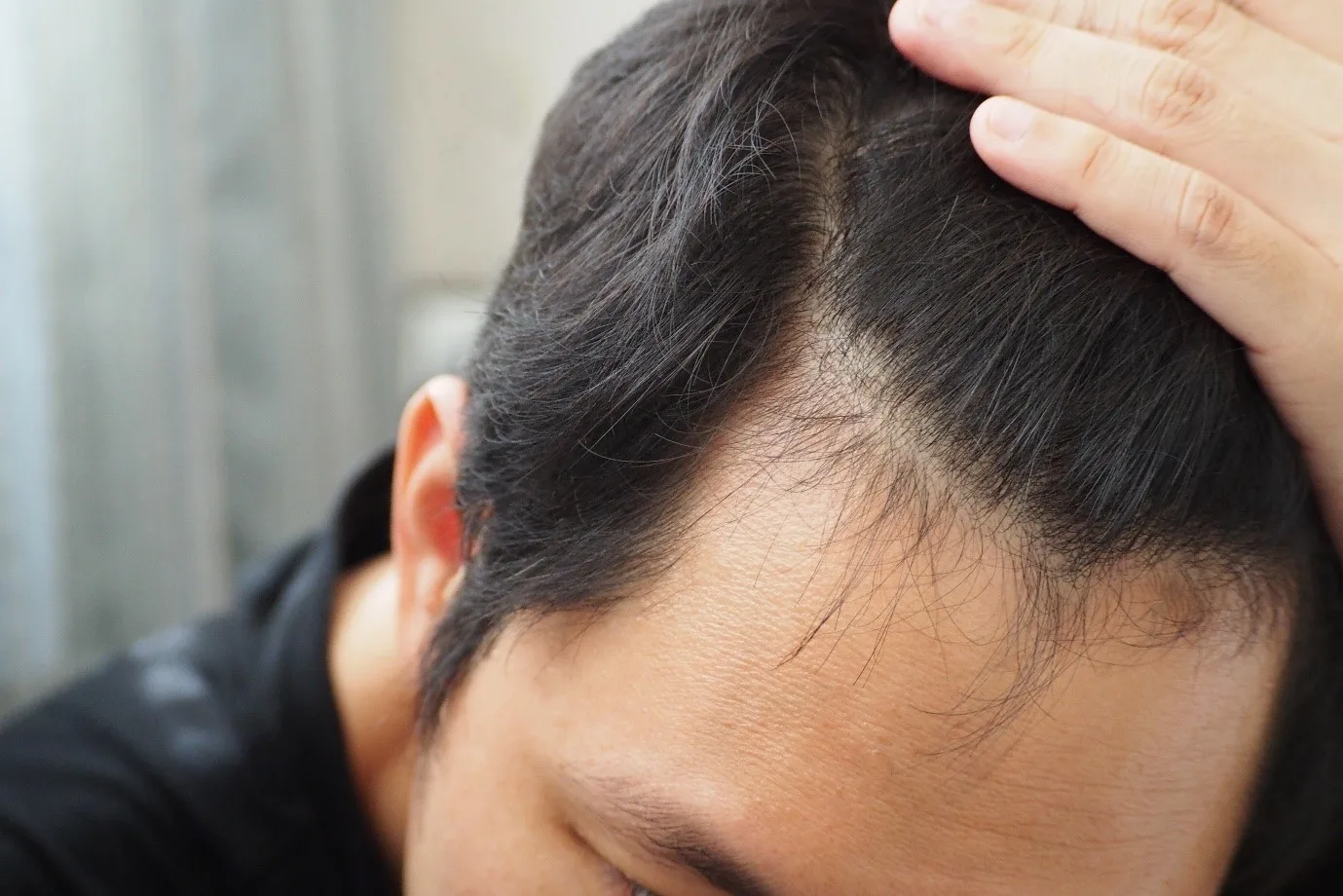
Hair loss is a common concern that affects both men and women. Various treatments exist to address this issue, and one commonly known option is Finasteride Dubai. While it is primarily used for male pattern baldness, there is growing interest in its potential use for women experiencing hair loss.
How Finasteride Works for Hair Loss:
Mechanism of Action:
Finasteride functions by inhibiting the enzyme responsible for converting testosterone into dihydrotestosterone (DHT). DHT is a key contributor to hair follicle shrinkage, leading to progressive thinning and loss of hair. By reducing DHT levels, finasteride can help maintain hair density and slow down hair shedding.
Differences in Hair Loss Between Men and Women:
Men typically experience hair loss in a distinct pattern, often starting at the temples and crown. In contrast, women tend to suffer from diffuse thinning across the scalp rather than complete bald patches. This difference in hair loss patterns affects how treatments like finasteride might work in women.
Can Women Use Finasteride?
Research on Finasteride Use in Women:
Studies have explored the effects of finasteride in women with hair loss, particularly those diagnosed with conditions such as androgenetic alopecia. Some research suggests that it may be beneficial in reducing hair thinning and improving overall hair density.
Considerations Before Use:
Since finasteride is primarily approved for male hair loss, its use in women is generally considered off-label. Women considering this treatment should have a thorough discussion with a healthcare provider to determine whether it is a suitable option.
Who Might Benefit from Finasteride?
Women with Androgenetic Alopecia:
Androgenetic alopecia, commonly known as female pattern hair loss, is one of the main conditions for which finasteride has been studied. It may help slow the progression of thinning and contribute to hair regrowth over time.
Post-Menopausal Women:
Some studies suggest that post-menopausal women may respond better to finasteride compared to pre-menopausal women. This could be due to hormonal differences that influence hair loss and treatment response.
Women with Hormonal Imbalances:
Women experiencing hair loss due to hormonal imbalances might also explore finasteride as a potential treatment. In some cases, addressing underlying hormonal issues may enhance the effectiveness of hair restoration strategies.
How Long Does It Take to See Results?
Timeline of Hair Growth Changes:
Hair growth cycles operate over several months, so noticeable improvements from finasteride use can take time. Many individuals may begin to observe changes in hair density and reduced shedding within three to six months, with more significant progress occurring over a year.
Factors That Influence Effectiveness:
The effectiveness of finasteride in women depends on various factors, including the underlying cause of hair loss, individual hormonal levels, and consistency in usage. Regular follow-ups can help assess progress and make necessary adjustments.
Alternative Treatments for Hair Loss:
Other Medical Options:
For women who may not be suitable candidates for Finasteride UAE, other medical treatments are available to address hair thinning. Some options focus on stimulating hair follicles and supporting scalp health.
Lifestyle and Hair Care Practices:
A well-balanced approach to hair care, including proper nutrition, gentle scalp care, and reduced heat styling, can complement medical treatments for hair loss. Maintaining overall hair and scalp health can contribute to long-term improvement.
Conclusion:
Finasteride is a widely recognized treatment for hair loss, but its use in women is still being explored. While some women may experience benefits from the medication, it is essential to consider individual factors and seek professional guidance before starting treatment. Understanding the causes of hair loss and exploring suitable solutions can lead to better hair health and confidence over time.